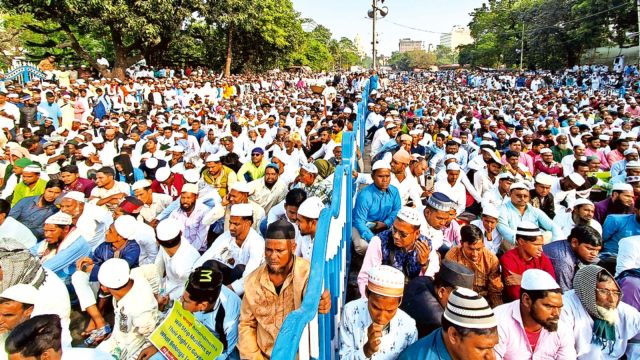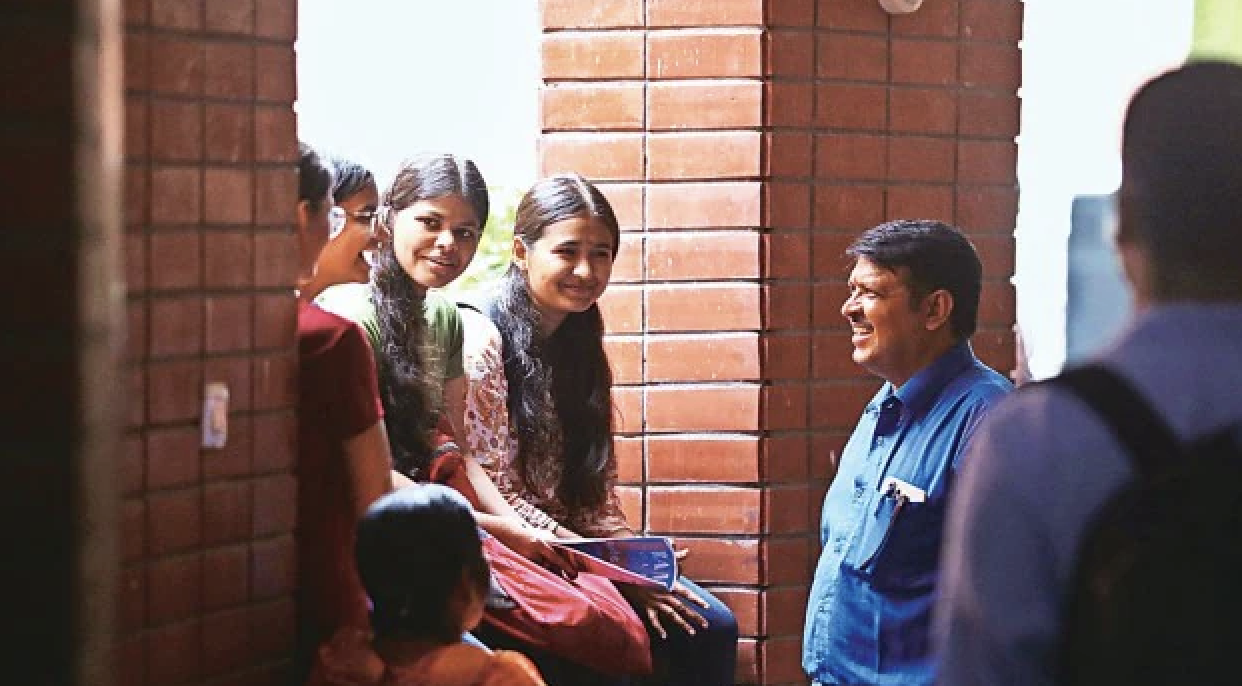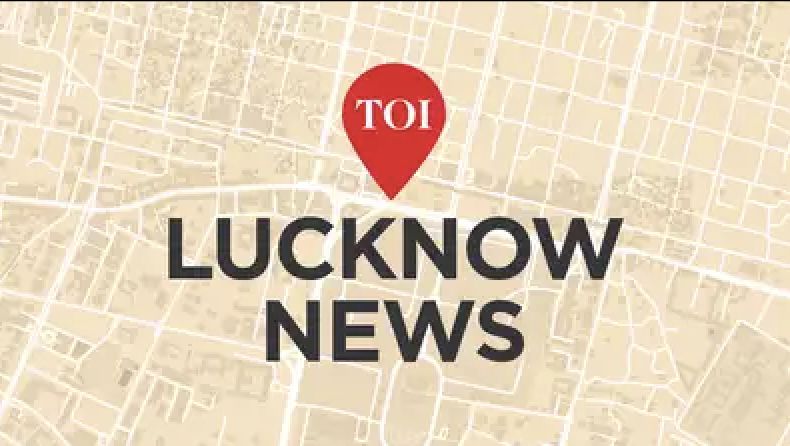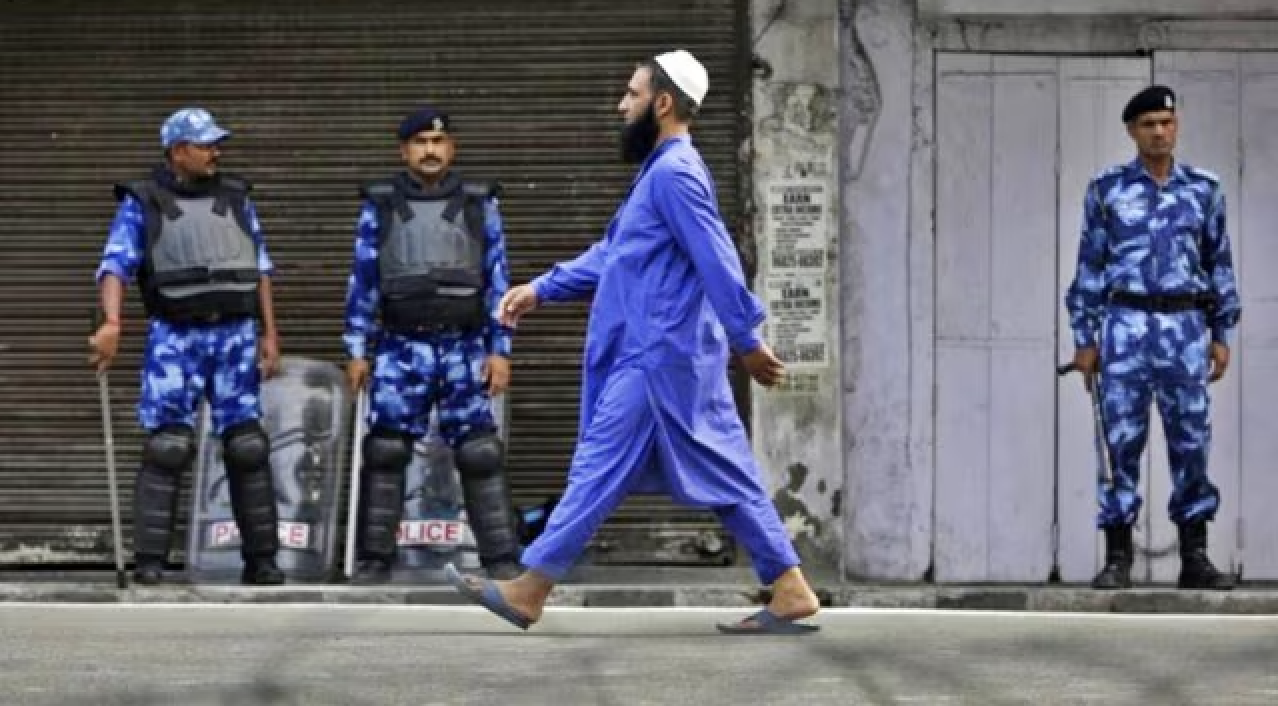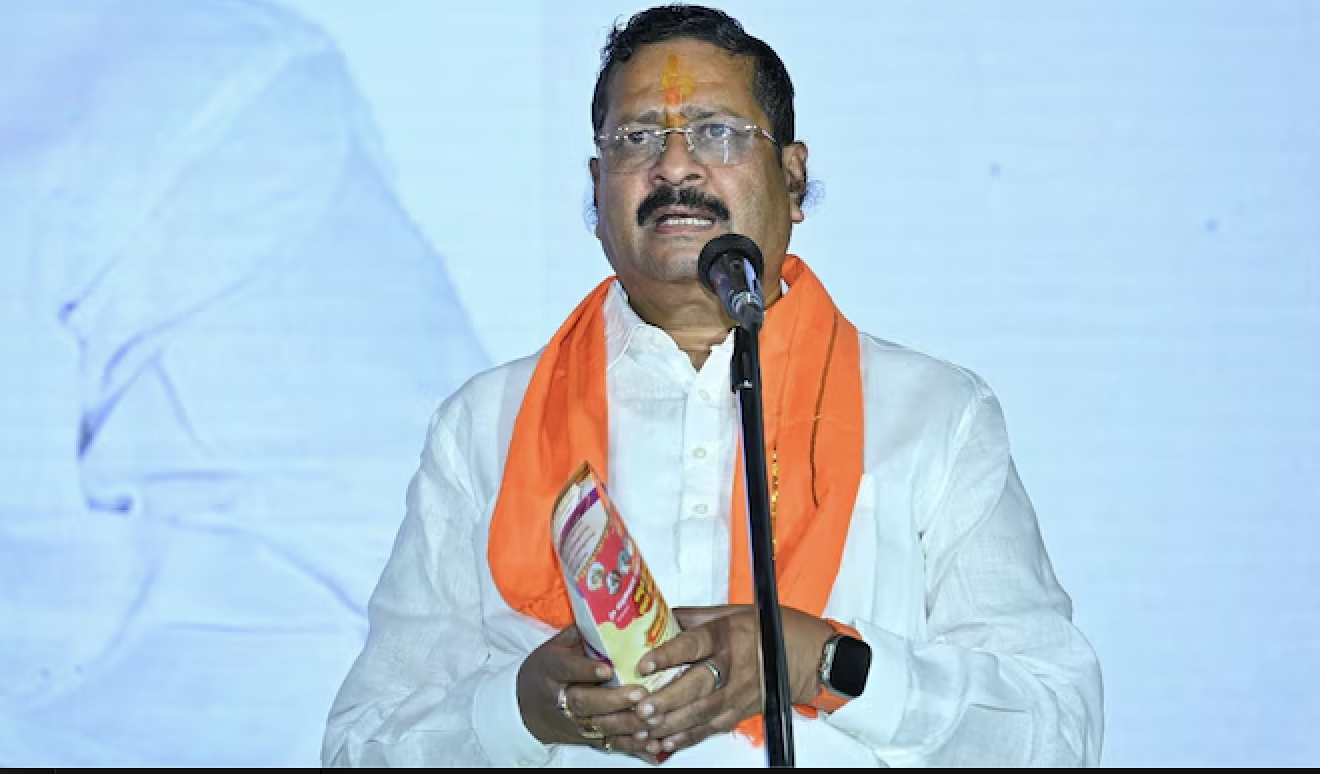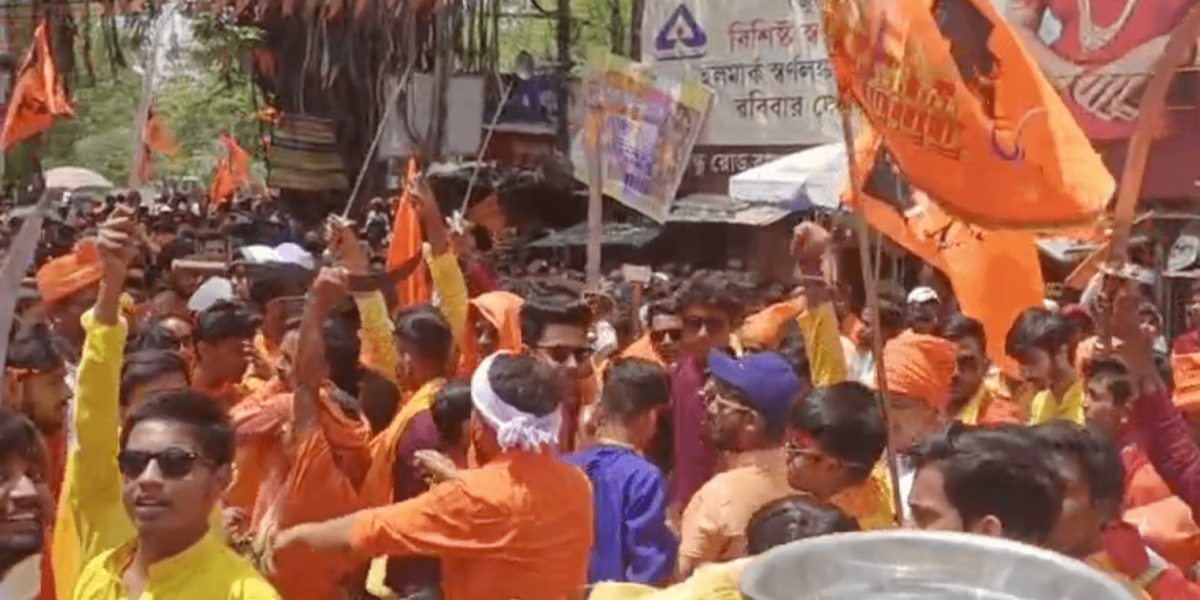
It is often believed that the whole business of setting off riots-at-will began after the arrival of a single individual, who is well versed in such matters. But then, to be fair to him and to history, we can trace this phenomenon back by a decade before, to the fateful day when the Babri Masjid was razed to the ground.
Even more nitpicking historians go even further back to L.K. Advani’s Rath Yatra of September-October 1990, demanding a Ram temple at the very site occupied by the Babri Masjid. Communal tensions multiplied exponentially in the wake of this Rath Yatra, and widespread local-level and retail-scale riots reached a peak in post-Independence India.
We could, in fact, go further back and claim that had Rajiv Gandhi’s government’s not accorded ridiculously unprecedented popularity to the cult of Ram by telecasting Ramanand Sagar’s Ramayan on state-owned Doordarshan (January 1987 to July 1988), we may never have gone through the present phenomenon of state-backed outsourced communal violence, as we have at present.
What we miss out in this hunt to link religious aggression to the mandir-masjid dispute is that it is Ram rather than his mandir that is more critical to this debate. And, also that it is Ram Navami that has been quite a regular trigger point from 1967. In fact, we may ponder as to why, of all the 33 crore gods available to Hindus, Purushottam Ram should be dragged out to justify the maximum record of violence and communal riots. We hardly hear or Shiva-centric riots or Lakshmi-inspired ones, though we do get a few cases of affray during the immersion of Durga Puja images and very rarely over Ganesh Chaturthi. These numbers are really insignificant compared to those during Ram Navami, the day on which Ram is believed to have been born.
This story was originally published in thewire.in. Read the full story here.


